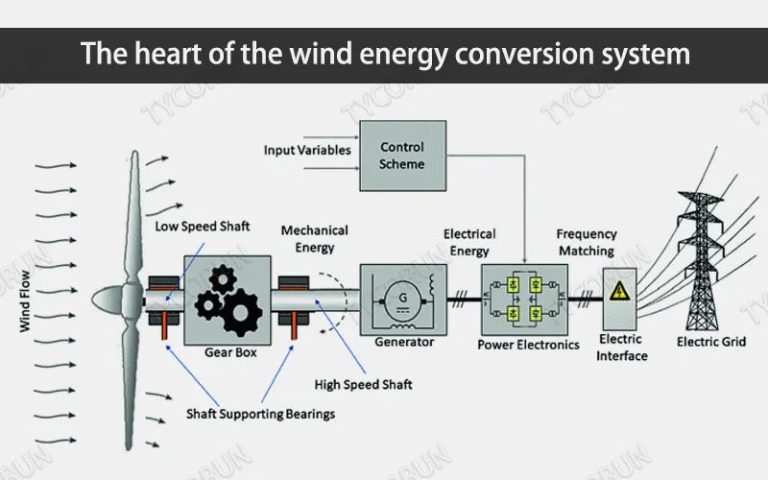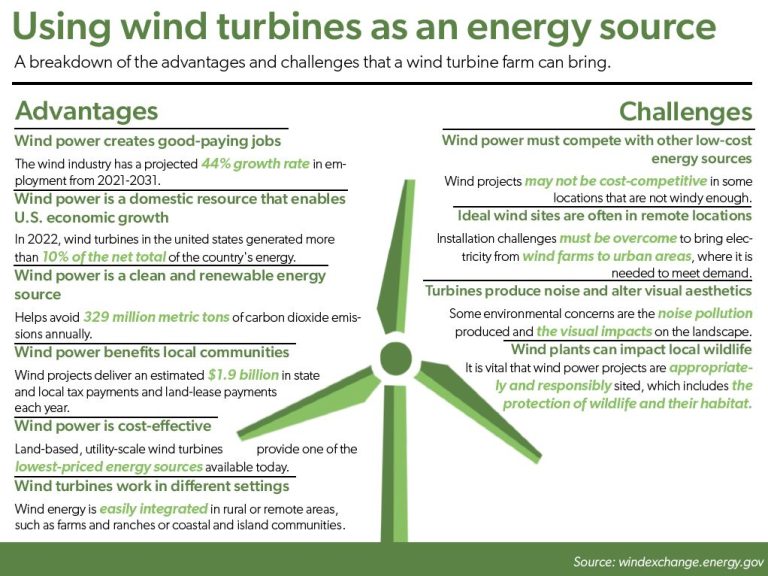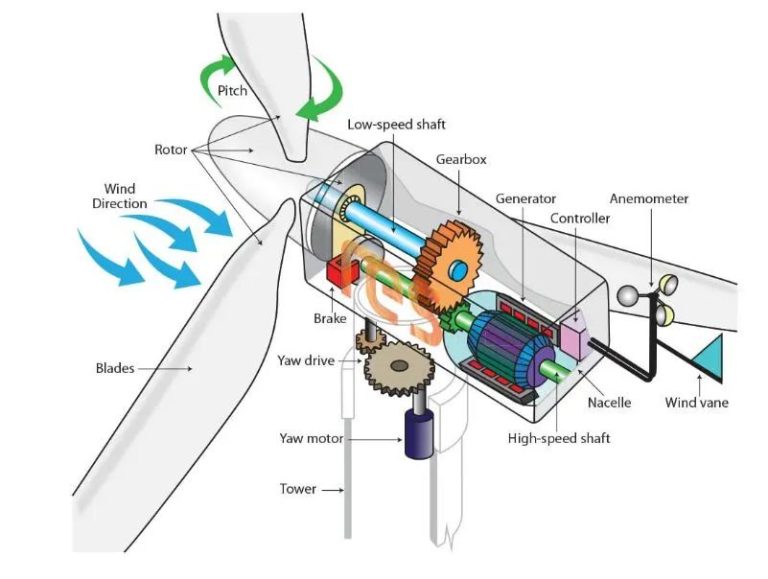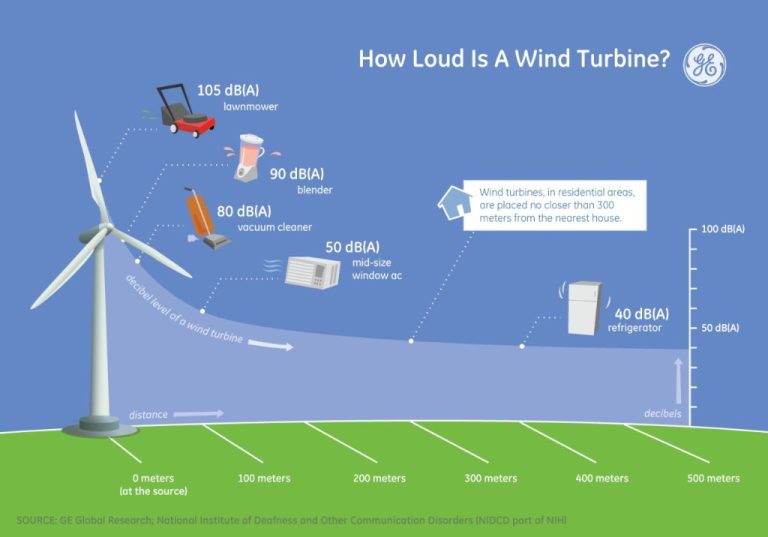How To Determine The Direction Of Wind?
Knowing the direction of the wind is important for a variety of reasons. Wind direction can help you predict and prepare for upcoming weather changes. It also allows you to plan outdoor activities accordingly and ensure safety when winds are strong. Understanding wind patterns in your area helps you make the most of natural wind power and ventilation. Additionally, being aware of wind direction is critical for sailboats, kites, model airplanes, and other wind-driven endeavors to operate smoothly.
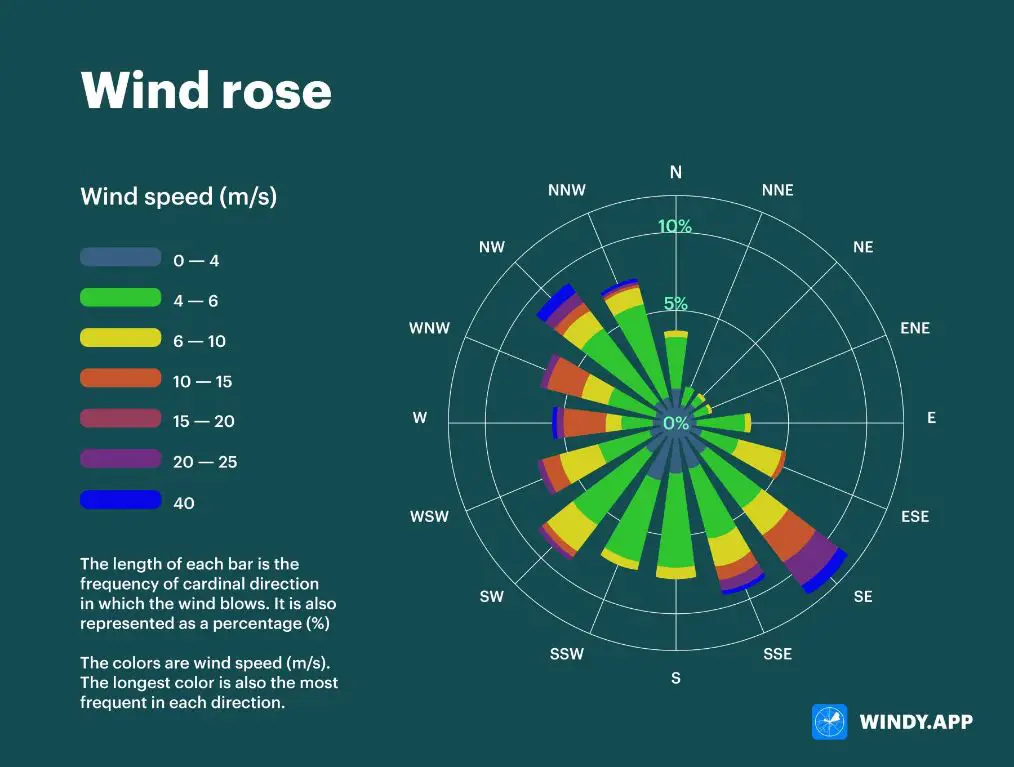
Look at Weather Vanes
One of the easiest ways to determine wind direction is by looking at a weather vane. Weather vanes are instruments specifically designed to show which direction the wind is blowing.
Weather vanes are mounted on rooftops and consist of an arrow or pointer that pivots on a vertical rod. The pointer is balanced so it aligns itself with the wind direction.
The tail or arrow of the weather vane acts as a sail that catches the wind. The wind pushes the tail so it points in the downwind direction.
Most weather vanes are marked with the four cardinal directions – N for north, E for east, S for south, and W for west. By reading the directional letters on the weather vane, you can immediately determine the wind direction.
For example, if the arrow on the weather vane is pointing towards the E, the wind is blowing from the east. Checking a nearby weather vane is one of the simplest ways to find the direction of the wind.
Observe Wind Sock
Wind socks are one of the most popular ways to easily check the current wind direction. Wind socks are typically found at airports and churches, though they can be useful additions in many areas, including backyards and gardens. Wind socks can often be seen hanging from tall poles or roofs in these locations.
Wind socks are made of lightweight fabric that is shaped like a tube or cone. They are open at one end to allow air to pass through. As wind blows into the open end of the sock, it will fill out the fabric and point the sock in the downwind direction.
The speed of the wind can be determined by how much the wind sock stands out from the pole and how far the tube section extends. Light winds will only partially fill the sock while strong winds will make it stand out straight from the pole.
Observing which way the wind sock is pointing and how far it is extended is a quick and easy way to determine the current wind direction.
Watch for Smoke
Smoke from sources like chimneys or campfires is an effective way to determine wind direction. Smoke will drift and follow the path of the wind. To use smoke to find wind direction, observe smoke plumes and note the direction they travel.
For example, if smoke from a chimney moves toward the west, the wind direction is from the east. Smoke may not travel in a perfectly straight line, but its overall movement shows which way the wind is blowing.
Smoke that goes straight up indicates very light or calm winds. Pay attention to even slight leaning or drifting of the smoke as this reveals wind direction.
Smoke direction can be observed both close up and from a distance. Note smoke patterns in your immediate area as well as looking for smoke from chimneys, controlled burns, factories, or other sources further away.
Feel the Wind
One of the simplest ways to determine wind direction is to face the wind and feel where it’s coming from. Wind causes a slight pressure on the skin, so you can get a sense of the direction just by standing still and focusing on where you feel the wind “hitting” your body.
For light winds, it may help to wet your finger and hold it up to get a better sense of the direction. The wet finger will feel the wind more distinctly. Slowly turn your body in a circle until you feel the wind most directly on your wet finger – that’s the direction the wind is coming from.
You can also pay attention to where your hair is blowing and how clothing is rustling to determine wind direction. The wind will blow hair and loose clothing away from the direction it’s originating from.
Facing the wind works for light breezes, but stronger gusts can make it harder to pinpoint the precise direction. Still, turning your body and feeling the wind is one of the quickest ways to get a general sense of wind direction when you’re outside.
Look at Trees
A simple way to determine wind direction is to observe the trees around you. Trees and their branches tend to bend and sway in the direction the wind is blowing. This makes trees a handy natural wind indicator. Just take a look at the trees in your surrounding area. Are the tree branches bending to the left or right? That’s the direction of the wind. The stronger the wind, the more pronounced the bending of the branches will be.
Depending on the tree species, the bending effect may be more or less noticeable. Trees with broad leaves and light branches tend to visibly sway in the breeze. Evergreen trees with dense needles may not move much at all in gentle winds. Observing a variety of trees will give you a better sense of the wind direction.
Look for movement in the high branches first. The wind often blows stronger higher up, so the treetops provide a good wind direction indicator. The trunk and lower branches will move in the wind as well, but they are closer to the ground which can sometimes block or alter the wind path. Treetops more accurately show the overall wind direction in the area.
Just be aware that an individual tree’s movement could be influenced by its surroundings. Trees grouped closely together will block the wind. Trees on exposed hills will show stronger winds than trees in sheltered valleys. Use multiple trees in an open area to determine the general wind direction.
Check Wind Indicators
Common wind indicators like flags, wind chimes, and windmills can help determine wind direction. Look for flags flying from poles – they will blow in the direction the wind is moving. Wind chimes and windmills also rotate according to wind direction. Notice which way their slats are angled to detect the wind’s path. The movement of these visual cues will correspond to the flow of the wind around you. Checking simple wind indicators on buildings or in yards is an easy way to get a sense of wind direction, especially when outdoors.
Use Apps and Websites
In today’s digital age, you can conveniently determine wind direction from your smartphone or computer with just a few taps. There are many useful apps and websites that provide real-time wind data based on your location or areas you specify.
Apps like Windy, WindFinder, and WeatherBug offer animated wind maps that clearly show which direction the wind is blowing. Enter your city or allow access to your device’s location services to see an augmented reality compass displaying live wind direction. Some apps let you view helpful weather graphs over time too.
There are also many weather websites like Weather.com and AccuWeather with detailed wind information. Simply search for your area to find the current wind speed and direction. Some sites allow you to rewind and fast-forward through time to analyze wind patterns.
For the most accurate readings, check both an app and website. The live weather visualizations make determining wind direction very simple these days. Within seconds you can get a precise understanding of wind patterns in your local area or anywhere around the world.
Consider Area Weather
Local weather patterns and geographic features often influence wind direction in a given area. For example, coastal areas frequently experience sea breezes blowing from the ocean onto land during the day as the land heats up faster than the water. The opposite occurs at night, as the breezes reverse direction blowing from land out to sea. In mountain valleys, winds tend to blow upslope during the day as the air heats and rises up mountainsides. The reverse happens at night as cooled air flows downslope. Knowing your local climate and terrain can provide helpful clues for guessing wind direction.
You can also look at daily weather forecasts for your region, which will indicate the expected wind direction. Meteorologists gather data on air pressures, storm systems, and other weather factors to predict wind patterns. While forecasted wind direction may not always be precise for your exact location, it can give you a general idea of the prevailing winds for that day. So consider reviewing weather reports for your city or consulting online wind maps before heading out, as they may offer useful insights into likely wind behavior based on broader weather conditions.
Conclusion
In summary, there are several ways to determine wind direction that require only simple observation or use of basic tools. Checking wind direction can be important for navigation, staying safe in storms, avoiding wind damage, and many other purposes.
The most straightforward methods are feeling which way the wind blows on your skin, watching smoke drift, and looking at how trees and flags are blowing. You can also use weather vanes, wind socks, wind indicators like wind chimes, or apps and websites that provide wind data. Consider the wind patterns in your local area as well.
Paying attention to wind direction allows you to plan appropriately for the conditions. Just standing outside and noticing clues like smoke, trees, wind vanes, and wind socks can tell you the wind’s orientation. With today’s technology, getting wind direction is easier than ever before.


